Driving tips to help extend brake life
Driving tips to help increase brake life. Accordingly, the way users drive can affect the life of car parts, especially wearing parts like brakes.
According to automotive experience, drivers who want to increase the life of their brakes need to know that brakes provide stopping power by generating a large amount of friction and heat.
This also means that your brakes will wear down a little with each use. As a result, you will need to replace components like brake pads and rotors from time to time. However, a few simple tricks can help prolong the life of your car's braking system components, ensuring they last longer before needing to be replaced.
Brake cooling
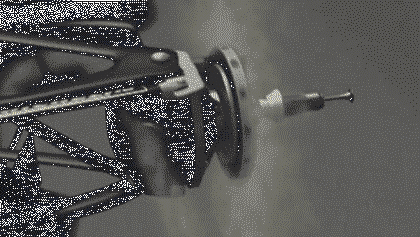 |
| Driving tips to help extend brake life |
Brakes that are exposed to high temperatures for long periods of time can degrade their function or even damage components over time. That is why it is important to cool the brakes. If you notice that your brakes are hot, try to let them rest for a few minutes by not using the brake pedal at the highest speed possible. This allows cool air to pass over the brakes and reduce the temperature quickly.
Brakes are at their hottest in many situations, perhaps immediately after braking downhill, after driving on a winding road, or after hard braking at high speeds. Basically, any time you use your brakes at high speeds or repeatedly, your brakes will get hot and transfer heat to components like the brake calipers, brake pads, rotors, and brake fluid. So, if possible, avoid constant braking or slow down or even park for a few minutes. This may not always be possible, but it is good for your brake system to prolong its life.
Pay attention to maintenance
 |
Driving tips to help increase brake life - Maintenance |
According to experience in using cars, proper maintenancecar brakescan prolong the life of parts that may wear out. Brake system components may need to be removed, cleaned, lubricated, and reassembled from time to time. This allows the brake system to work efficiently and safely, and ensures that all parts of the system are working properly. A “healthy” brake system will naturally last a long time.
Do not drive too close to the car in front
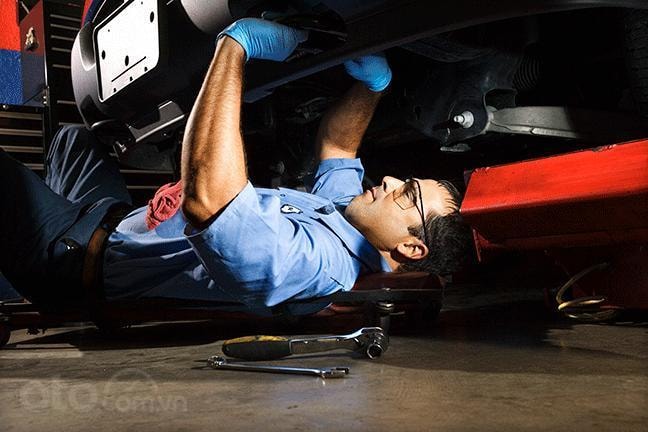 |
Driving tips to help prolong brake life - Keep your distance |
Driving too close to the vehicle in front is not only more dangerous in terms of safety, but is also a major cause of faster wear and tear on the brake system. The closer you follow another vehicle, the more often you have to use the brakes, even braking suddenly. Therefore, drivers should drive at a greater distance from the vehicle in front. This not only reduces the risk of an accident but also increases the life of the brakes.
Sit up straight and look far away
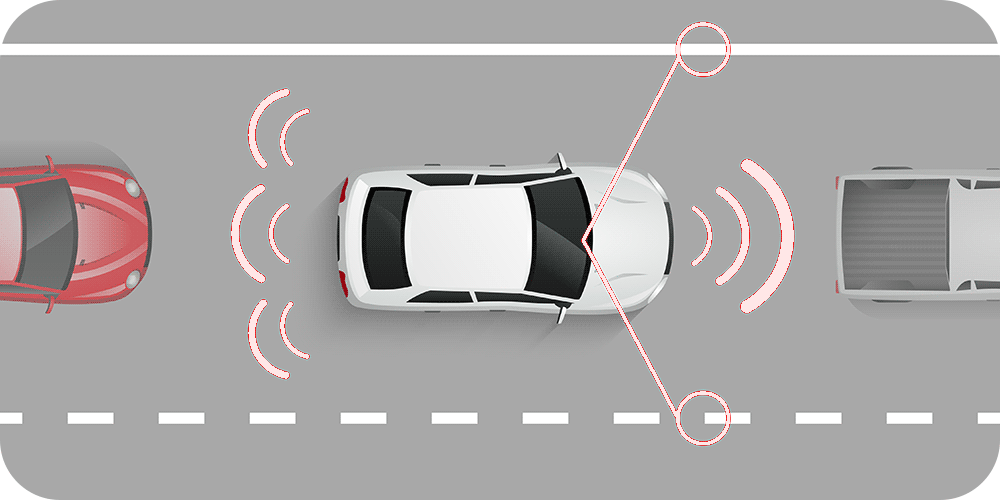 |
Driving tips to help increase brake life - Good vision, quick reflexes, foresight |
Looking further ahead on the road also has a positive effect on braking. Most drivers do not see far enough ahead, with a field of vision of only about twice the length of the car ahead. However, looking further ahead gives you more time to react to changing traffic conditions. You also have more time to plan your stop. Moving your seat to a more upright position while driving may help you see further ahead.
When you see that you are about to stop (e.g., at a red light), release the accelerator immediately. Let the car slow down gradually without using the brakes. With the right timing, you may not even have to touch the brake pedal before the light turns green. Looking further ahead will help you stop less often. This will reduce the need for brake replacements and save money.
Downshift
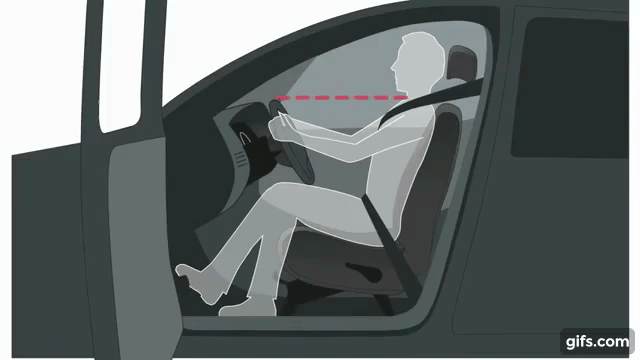 |
Driving tips to help increase brake life - Downshift, don't overdo it |
Don't underestimate the power of downshifting to help slow your car. For manual transmission cars, consider downshifting a gear or two when going uphill or stopping. This shifts some of the slowing work to the engine and transmission. Unlike brakes, both engines and transmissions have their own cooling systems. For example, downshifting from sixth to fourth can reduce the brake's workload and prevent wear.
